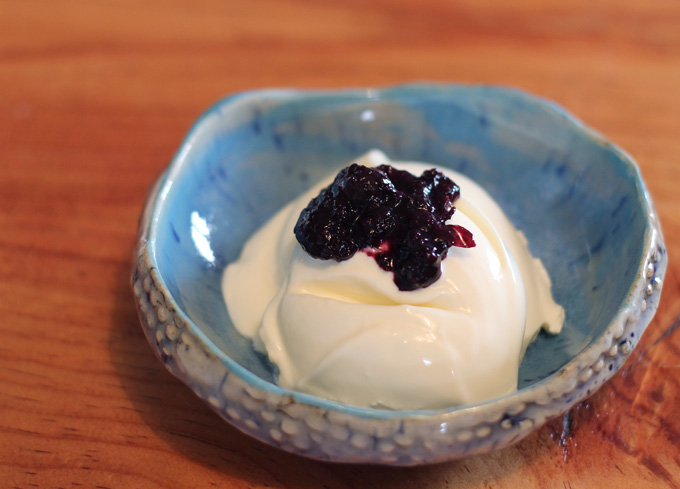A while back I spoke here about my year of making things from scratch, and how I planned to turn it into a series. Shortly thereafter, I got sick, fell apart, got exhausted and only managed to claw myself back to a semblance of humanity when I realised, hey maybe I ought to start taking my iron supplements again.
MAGIC ENERGY APPEARS.
I’ve felt much less like dying, and so here is my first post in the series.
Making Yogurt From Scratch
It’s pretty easy actually.
You’ll need:
UHT milk
Powdered milk
A tub of starter yogurt
Sugar (optional)
A container (1 litre is perfect)
something to insulate with.

I use my EasiYo yogurt maker thingy, just because it’s the perfect size and it comes with a handy dandy insulating thermos.
Take your container and half fill it with milk.
UHT milk is best apparently, because then you don’t have to worry about heating and cooling the milk.


If you’re using sugar, add it now. I added 1TB to make it sweeter for the kids, but also made a blueberry sauce. Mix with a whisk until the sugar is dissolved, and then add powdered milk.
Powdered milk helps to thicken the yogurt, so if you like thicker yogurt, add more. I usually add about a cup to add extra fat for Evelyn. Especially as yogurt is one of the few dairy products she can tolerate.

Whisk the powdered milk in until you’ve got no lumps. Double check for sugar at the bottom, and whisk more if you need to.
Now add your yogurt starter. Usually I juse use a few tablespoons from my finishing tub of yogurt, but I got distracted and the last few tablespoons of yogurt went sour in the fridge, so I bought this:

Make sure you pick a yogurt starter that you both like the flavour of AND contains live culture. Check the ingredients. Without the live culture, you’re just making a mess.
Now, add water to your thermos/water bath/insulating place.
I use the thermos that came with my EasiYo maker, but I’ve heard of people using warming cupboards, or pots of water with the lid left on. All kinds of things.
The goal is to start with your water around 60C, and then to hold the temperature around 50C for a few hours to let the yogurt cultures do their work.

If it’s too hot, your yogurt will curdle. Too cold and the bacteria get sleepy and stop working (technical term).

Put everything to bed for a few hours. Mine took around 5 hours with the temps staying around 50C the whole time. Your mileage may vary, so for the first time, it’s probably better to start the yogurt in the morning on a day you’re home all day so you can check it. Once you’ve got your technique down, you can do it overnight.
The longer you leave your yogurt in the thermos, the stronger the flavour will be. I like a good sour yogurt but the rest of my family doesn’t, so this one is super mild.
